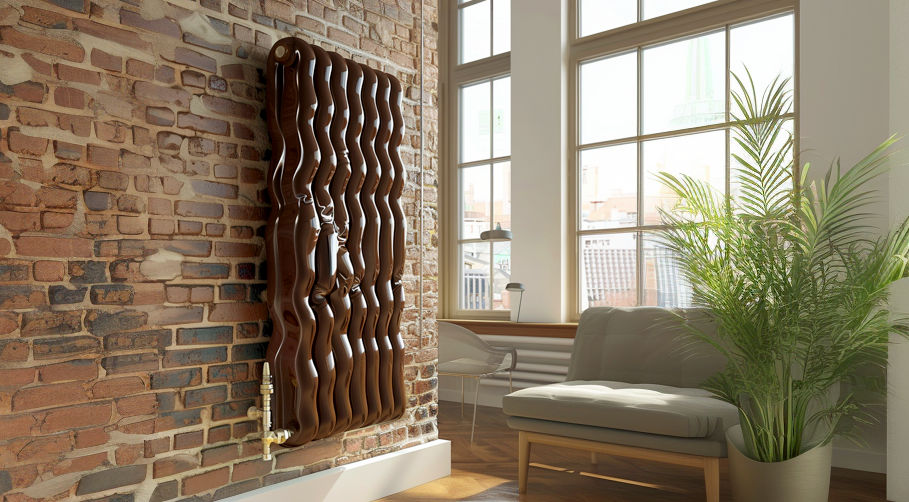
In today’s digital age, the relentless push for faster marketing results has inadvertently led to a slow but steady decline in creativity and the quality of graphic design. Small business owners, particularly, are increasingly taking creative control into their own hands, even though they may lack the skills and experience necessary for this complex task.
I can well understand the sentiment that costs can be reduced by undertaking creative and design work in-house (by non-designers) but it usually results in substandard design work that can negatively impact a company’s brand and market presence.
I’ve seen it a hundred times!
The rush to market has driven a demand for rapid content production, often at the expense of thoughtful and innovative design. Business owners, eager to keep up with trends and competitors, may opt for quick fixes, generic templates and more recently, AI solutions, rather than investing time and resources into unique, high-quality designs which would pitch them ahead of their competitors over the longer term. This trend has led to a saturation of mediocre graphics that fail to stand out in an increasingly crowded digital space.
A significant contributing factor is the growing tendency of business owners to dictate creative directions without a deep understanding of design principles. This often results in designs that lack coherence, creativity and effectiveness. The assumption that quicker, cheaper and more direct involvement will yield better results is flawed and overlooks the value that professional graphic designers bring to the table.
Business owners can counter this trend by entrusting their graphic designers with the creative freedom they need to excel. Here are some ways to ensure high-quality, creative outcomes:
Recognise and respect expertise – Graphic designers are trained professionals (often with decades of experience after having spent 3-5 years earning design-related qualifications). They have a deep understanding of visual communication, aesthetics and user experience. It’s instinctive to them. Trust them.
Encourage creative autonomy – Allow designers the freedom to explore and experiment. While it’s important to provide a clear brief and objectives, avoid micromanaging the creative process. This autonomy can lead to more original and impactful designs. You might not feel at ease with some of their solutions, but the target audience might. Remember, a camel is a horse designed by committee!
Value the design process – Quality design takes time. Be patient and allow your designers the time they need to develop concepts and refine details. Rushing the process often leads to results that don’t effectively communicate your message or align with your brand values.
Foster open communication – Establish a collaborative environment where designers feel comfortable sharing their ideas and feedback. Constructive dialogue can lead to better understanding and more effective design solutions that align with your business goals.
Be open to new ideas – Even if a design concept initially seems unconventional or outside your comfort zone, consider giving it a chance. Designers bring a fresh perspective that can lead to innovative approaches you might not have considered. Remember, you’re paying them to create a graphic design solution, not choosing a painting to be displayed in your own personal living room.
If you took your car into the garage to fix a strange noise in the engine, you’d invariably trust the mechanic’s recommended solution to fix the problem, even though you know nothing about mechanics. Likewise, you’d trust a plumber’s recommendation to fix a leaking radiator – even though you know nothing about plumbing.
But if you disregarded the plumber’s suggestion and, instead, instructed him to change the radiator for one made of chocolate, he would advise you that this wouldn’t be such a good solution. As you’re the one paying the bills, you could override him and insist that he does. Of course, we all know what the end result would be.
And yet, some business owners see nothing wrong with directing graphic designers to create exactly what they have in mind as their solution to a design problem, when the designer knows, instinctively, that it would generate a poor result. And who takes responsibility when the clients’ solution results in adverse comment or failed objectives?
By trusting graphic designers and allowing them the creative freedom to do their jobs, business owners can achieve superior design outcomes that not only enhance their brand but also contribute to long-term success. Good design is not just about aesthetics; it’s a strategic tool that can drive engagement, convey messages effectively and differentiate your company in the marketplace. Embrace the expertise and experience of your design team and watch as your brand flourishes with creativity and quality.
Lecture over! 😉

Unit 1, Vimy Court
Vimy Road
Leighton Buzzard
Bedfordshire
LU7 1FG
Unit 1, Vimy Court
Vimy Road
Leighton Buzzard
Bedfordshire
LU7 1FG
Ⓒ V-One Design Solutions Limited 2024 | Privacy Policy
Site by Anecdote